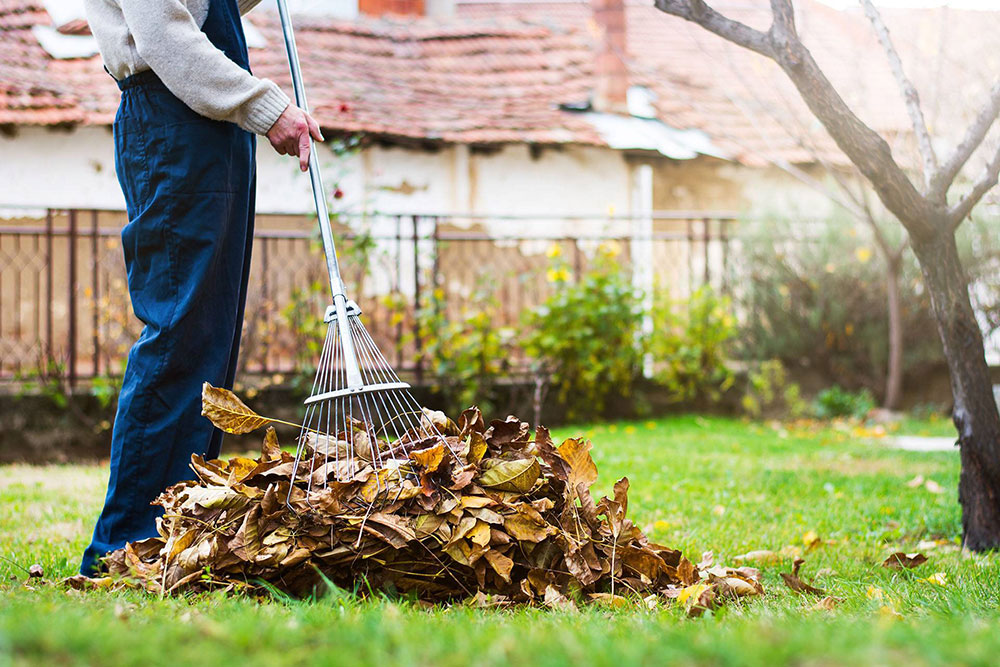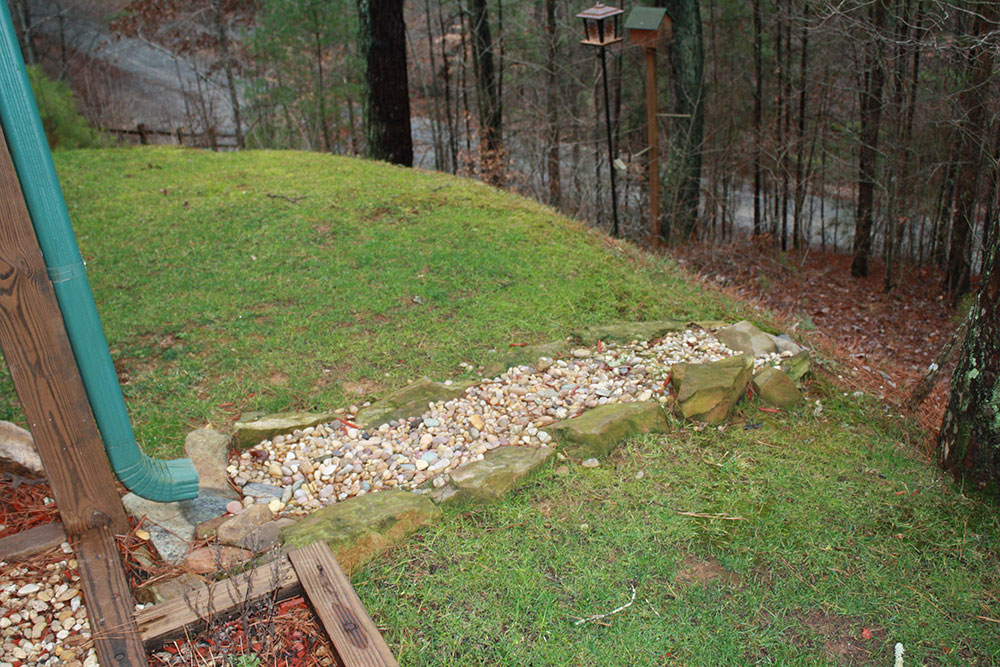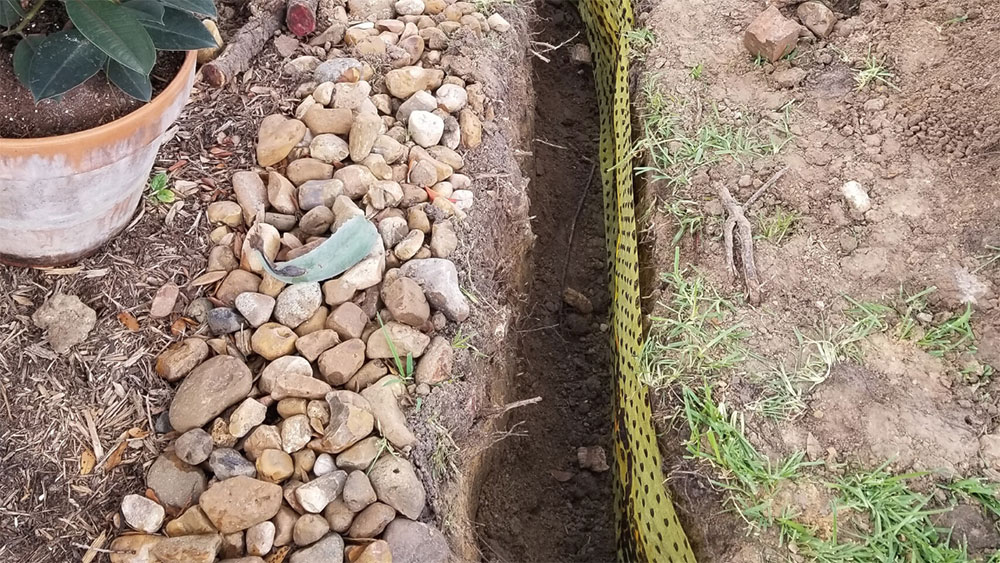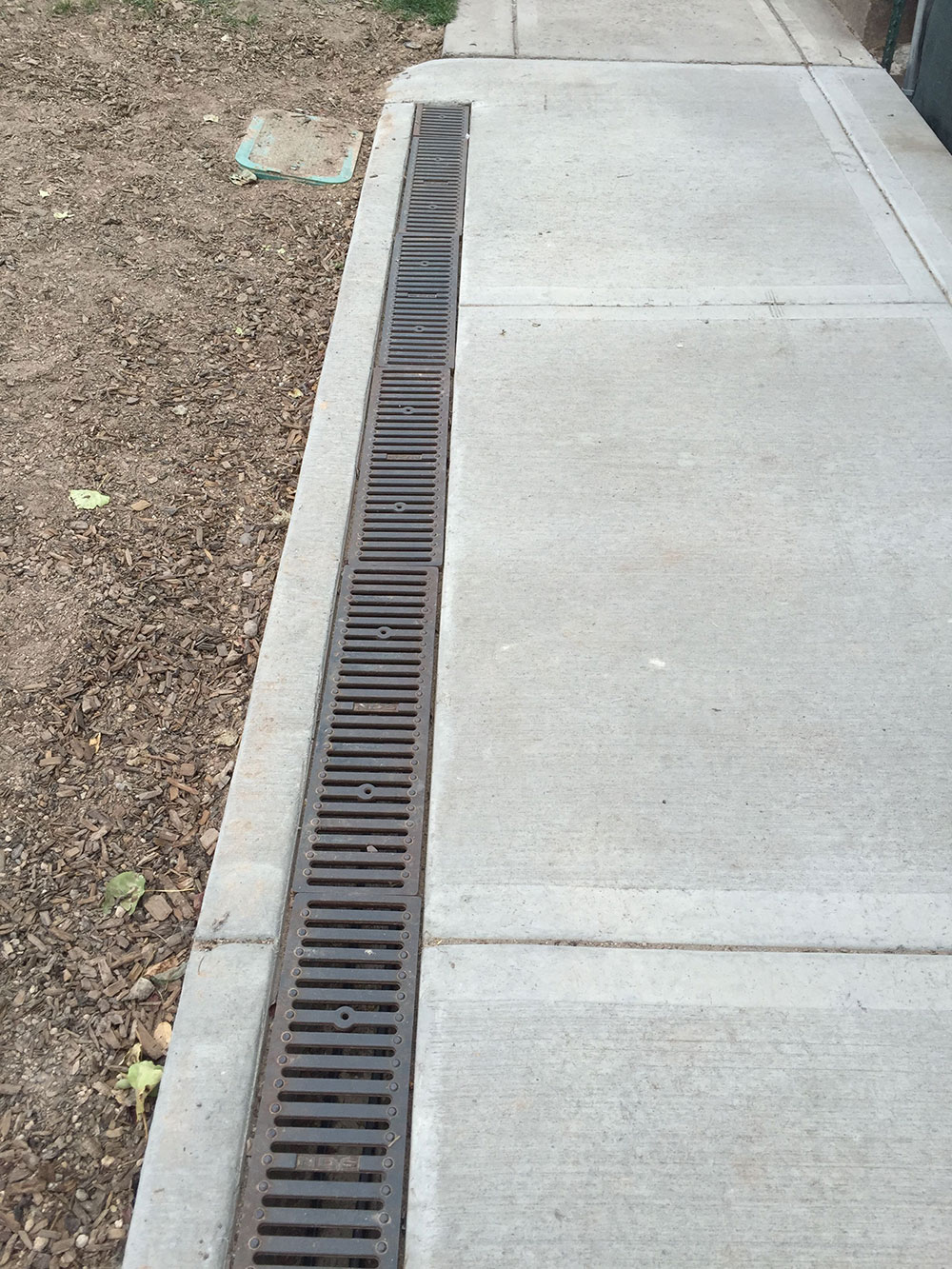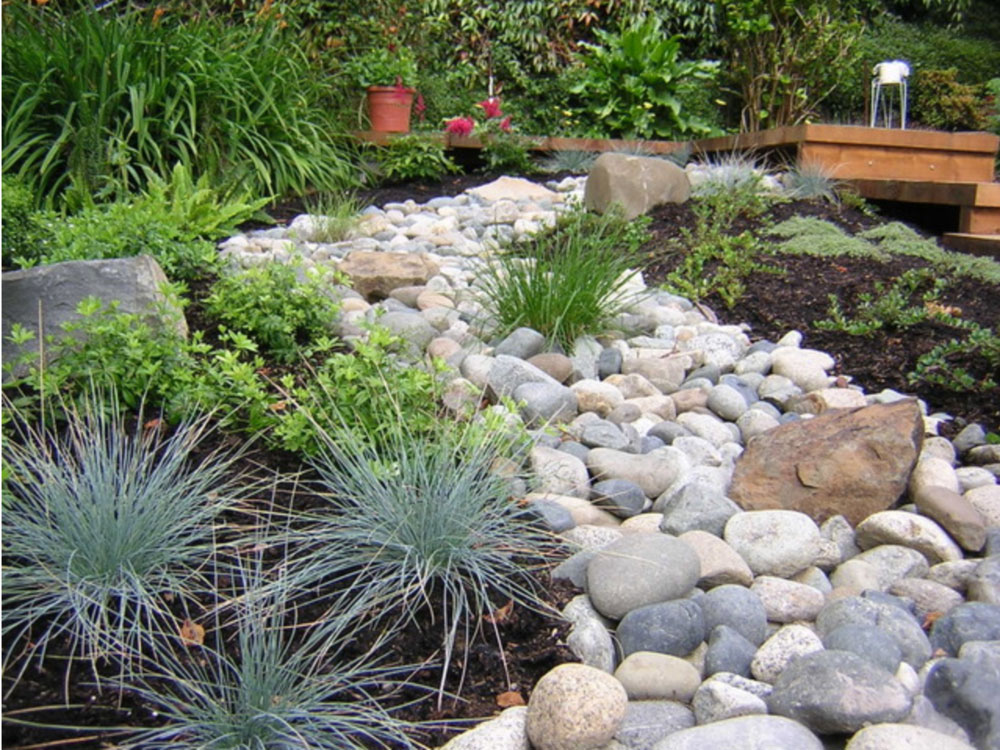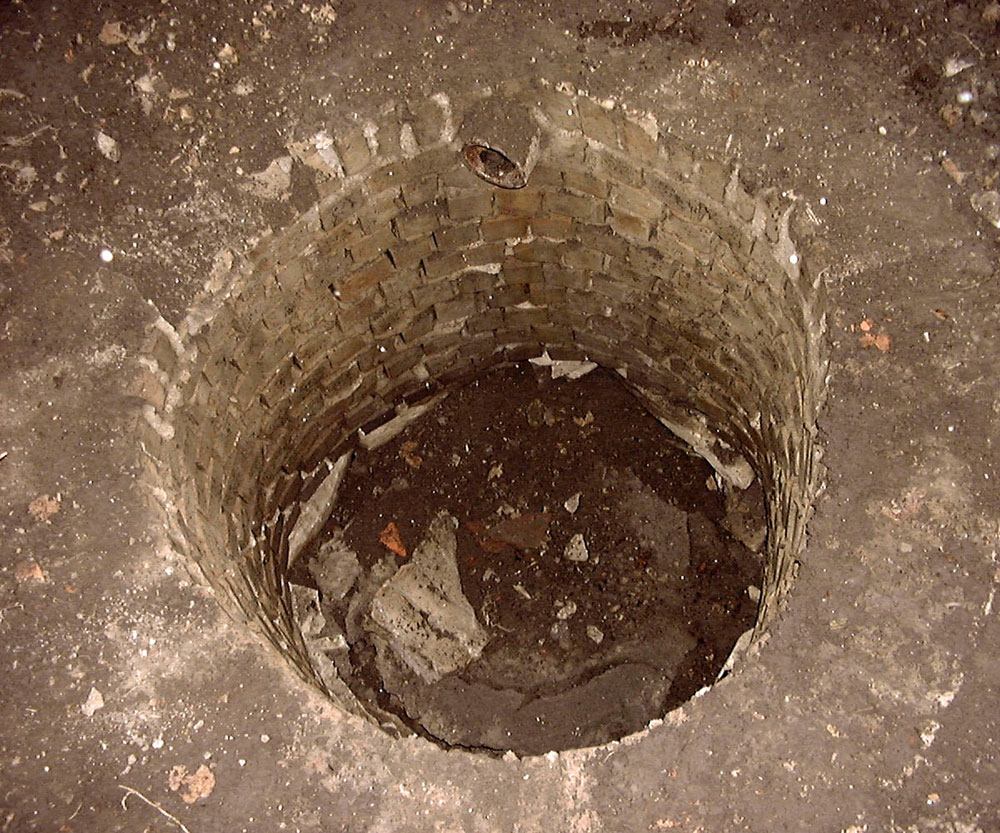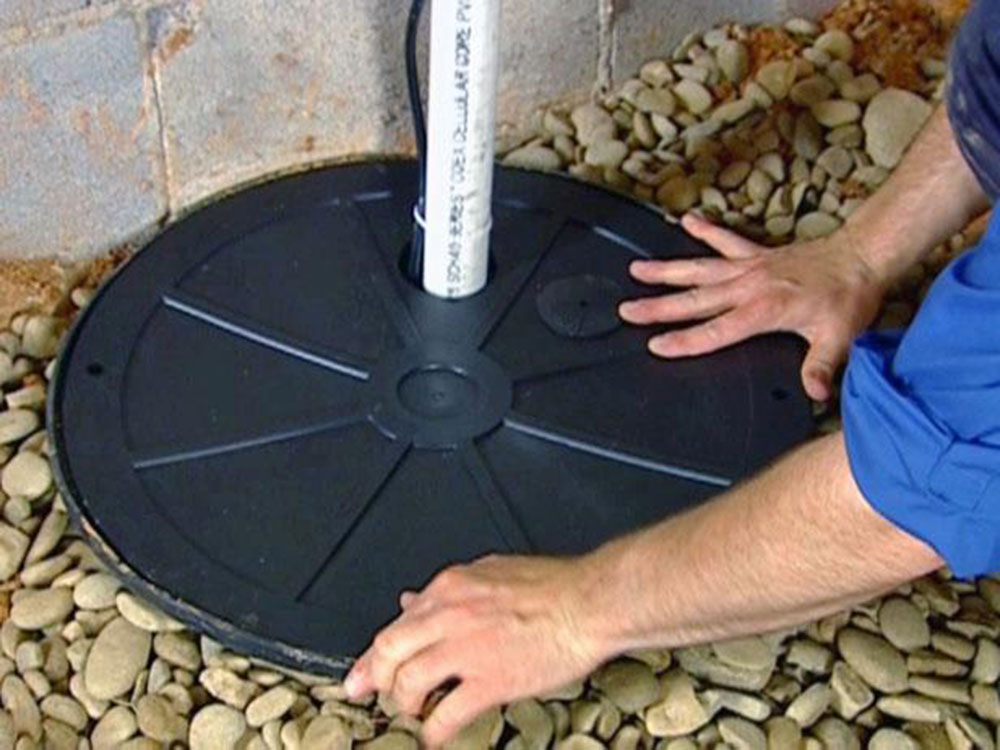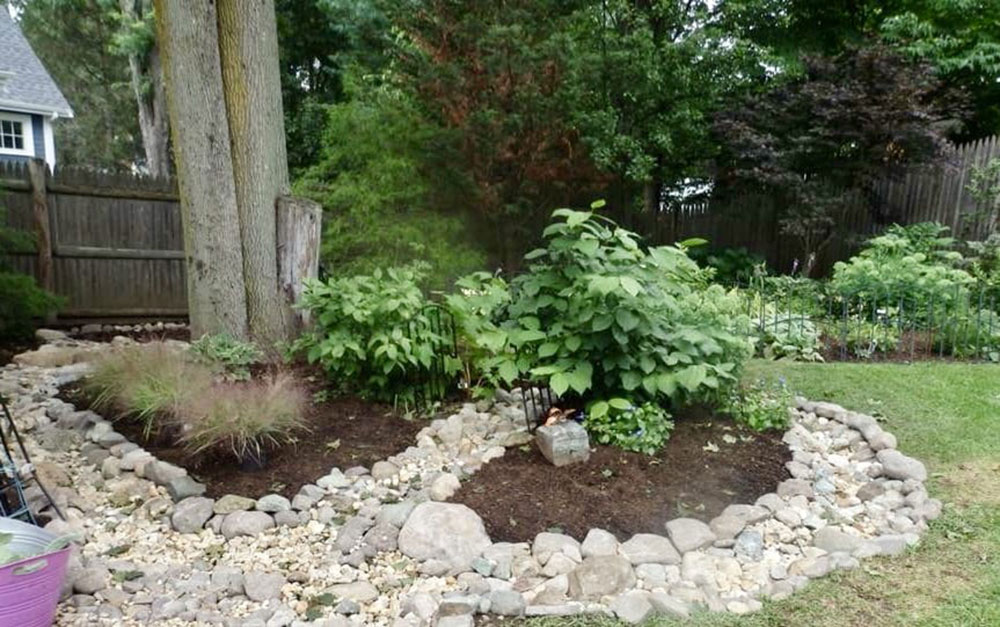Advertisement
Your yard’s landscape is a massive part of your house’s aesthetics. But, landscaping is not only planting flowers and weeds. Making your backyard functional is crucial for a good design. You don’t want your yard to flood every time it rains. To avoid this, you have to install proper drainage. If you don’t have a drain system, the water to go to, you will have a large pool of water that can ruin your plants and floor your basement.
One of the biggest causes of basement flooding is the position of the house itself. If your home is located on a slope of some sort, it will most definitely flood. When heavy snowfall collects in your garden, it stays for a while and then melts. The water from the melted snow then absorbs through the soil and floods your basement.
This happens during heavy rainfall as well. This is why it is essential to guide the excess water to go somewhere away from your home. But you can’t point the water to go anywhere. You have to think about your neighbors and how this affects their housing.
This article will help you prevent the most common flooding solutions. Read below to learn about tips and tricks about flood prevention hacks and other techniques for minimizing the impacts of heavy rainfall. This is how to fix yard flooding:
Fixes for Yard Flooding
You cannot use the same solution for all of your flooding problems. Depending on the situation you have, you have to implement an adequate explanation for that issue. These solutions can be used to prevent and to minimize the flood that occurs in your garden. They are useful and will guarantee you a much safer home to live in. Here are some ways on how to fix yard flooding:
Do Cleanup
The reason why flooring most commonly occurs in yards is cluttered debris on the ground. Make sure to clean the dirt from any fallen leaves and weeds that pile up from trees. You can also remove the dead moss. To do this, rake the surface with a spring-tined lawn rake. Simultaneously you will remove the old grass clippings and other unnecessary junk.
Level sloping portions that are flooding
The most common issue for a flooding area is low ground. Many gardens are created in a way that they are lower than the house. You can fix this problem by elevating the yard area. To upgrade it, you can add heavy mulch. You can add topsoil as well.
There are many cases that this doesn’t work that well. Another alternative is re-direct the excess water by creating a swale or a depression. In this place, the water will trickle down. In this area, you add rocks and plants. They will control the water flow.
Deal With Widespread Flooding
A French drain is the best strategy to use when preventing large volumes of water to seep through. This drains works on a simple mechanism. It disperses moisture all over the ground and the soil. You can’t install this on your own. You have to call a professional for this. The expert person will dig a trench hole.
The hole goes much deeper than the house. Then, he installs a pipe and fills it with a particular material. The material is going to filter the water and remove any excess junk. Then, the French tube will direct the cleaned water into the ground.
How to fix yard flooding by controlling the water flow
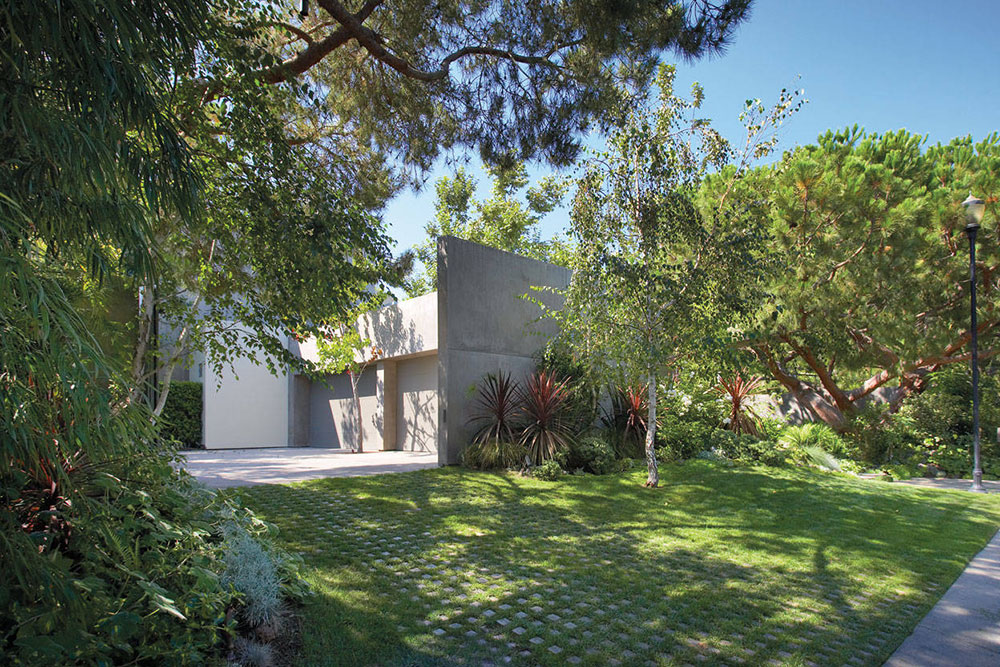 Image source: Prestige Builders
Image source: Prestige Builders
You first need to calculate how much water falls from your house and roofs. Inspect them thoroughly and see whether there are any clogged gutters. Check your downspouts too. Make sure you clean them carefully. This way, the water will fall without any congestion. You can also buy an attachment for the gutters and downspouts to help direct the water towards another place.
Add drainage areas near driveways.
Keep in mind that if you have paved driveways, they can also cause water runoff. The cemented path will lead the water towards your house, thus resulting in a flood. To prevent this from happening, you can install a spaced paver or a gravel path. But if you want something cheaper, installing drainage will most definitely work.
If you combine both inlets and drain pipes, you will make the water move from those moist and wet places. Another solution is to add a perforated drain pipe. It is also used for water drainage. The tube should be enclosed with a filter fabric and gravel. This will keep the line clean, and it won’t clog it.
Construct a Creek Bed
How to fix yard flooding with a creek bed? Creek beds are always an excellent option. They channel the water to go somewhere else. A creek bed won’t allow the low spots on the ground to become puddles of water. If your landscape is done right, the creek bed won’t be even noticeable. The key to a good backyard design is to make the landscape look beautiful even if it has water drainage systems installed into it.
Create a bed that directs water away and helps dry the low slopes.
Dry Wells
If you’re facing extremely destructive flooding issues, perhaps you need to try dry wells. Dry wells are the type of wells that collect and store the runoff water. The well keeps the water and then gradually lets it out in the soil. It does that slowly in a couple of days. This is to prevent instant flooding.
You can also affix the pipes and the tubes. This affixation is to make the water flow more accessible from the dry well. What’s great about this wall is that it allows the water to be directed into a desired spot or area. But, make sure to create the drywall on a lower level than the house. You can now fix yard flooding with a dry well.
Have a sump pump
To fix yard flooding in no time, use sump pumps. Sump pumps are becoming more popular than ever. Many people install them to stop and to minimize flooding. They can be installed both in homes and in backyards. They are a valuable asset when dealing with immense amounts of water.
The mechanism behind them is simple. They remove the water from the ground or the soil. Then they collect it in their dug pits. When the hole is at maximum, they pump away the water. They use a specially designed drainage pipe. This pipe drains the water at a safe distance.
Choose local plants that prevent flooding in your yard.
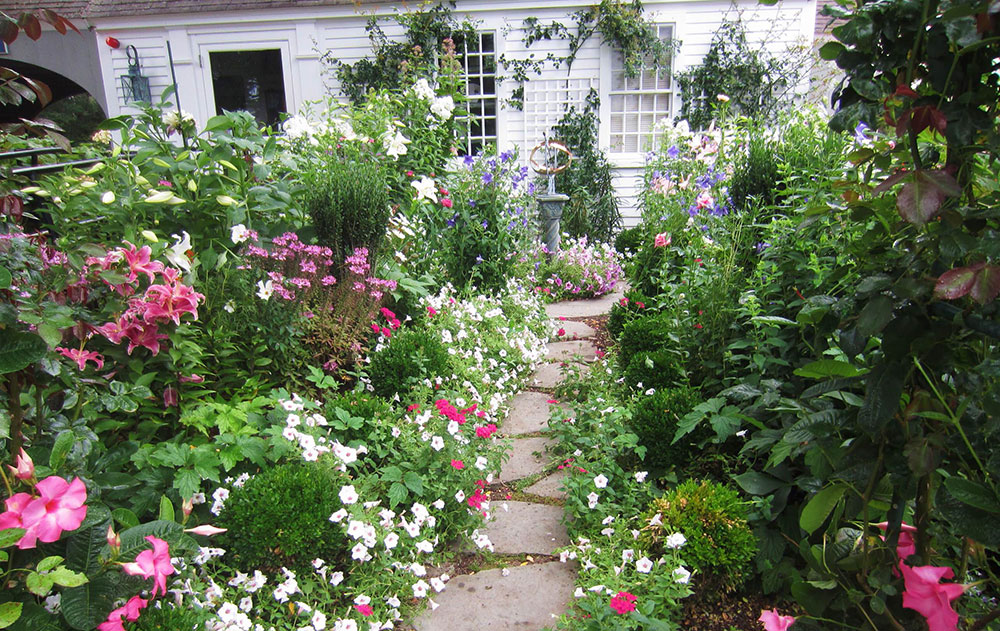
Image source: Maria Hickey & Associates Landscapes
Many rain gardens are used to fix this problem. But, they are not useful for this only. They also curb erosion and even improve the water—rain gardens group’s overall quality and store the runoff stream. The water could be from snow and rain. They take this flood and filter it away from your home.
Many plants are used to help with this. For example, indigenous plants don’t allow the soil to erode. They also allow the water to drain more and then absorb it. You can find these types of plants at local plant stores.
Install a dry river bed
If nothing else works, try installing a dry river bed. It is a shallow ditch. And, it follows the path of the drainage that is installed in your yard. Not only is it beautiful, but it is functional as well. It collects, directs, and disperses water. When you create the bed, make sure to line it with natural river stones and rocks.
This will prevent any soil erosion from happening. The stone’s rounded edges will make it look as if it is a part of a natural waterway. The stones should be small, though. About an average size of 6 inches would be the best.
Create the right slope
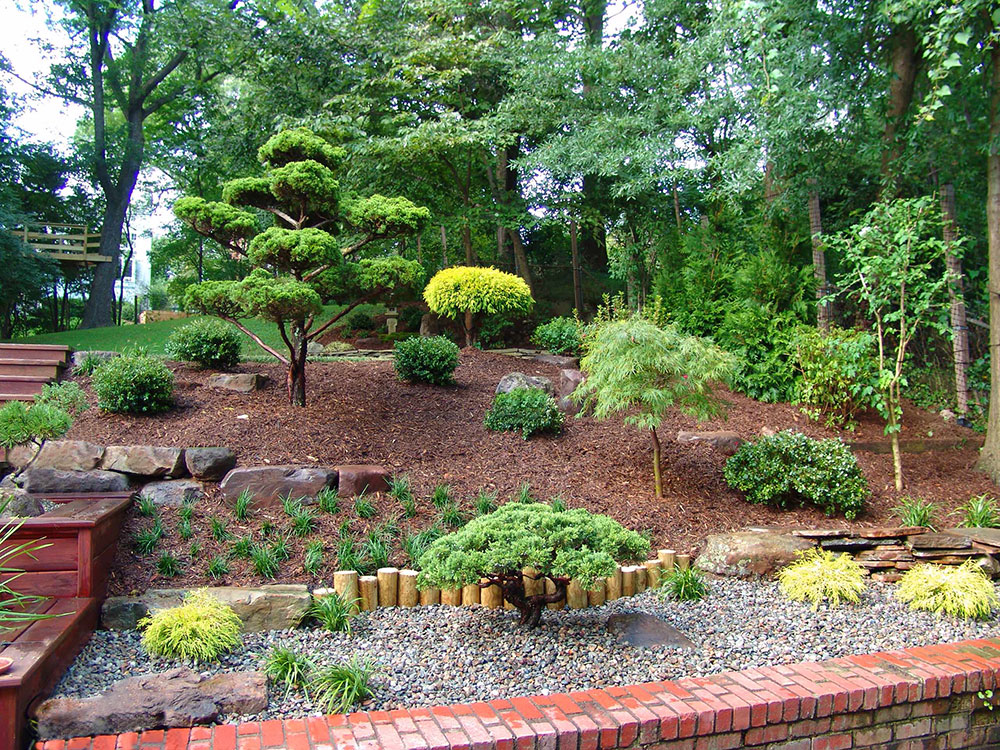 Image source: Lee’s Oriental Landscape Art
Image source: Lee’s Oriental Landscape Art
If you want your infrastructures to be flood-free, make sure there is a slope between the yard and the house. When creating a garden, make sure it slopes down from the house. You can hire a professional to help build your perfect garden. The slope will make the water run down and never stay around your home. This is a simple method that will keep your stress at minimum levels.
Minimize concrete usage in the yard
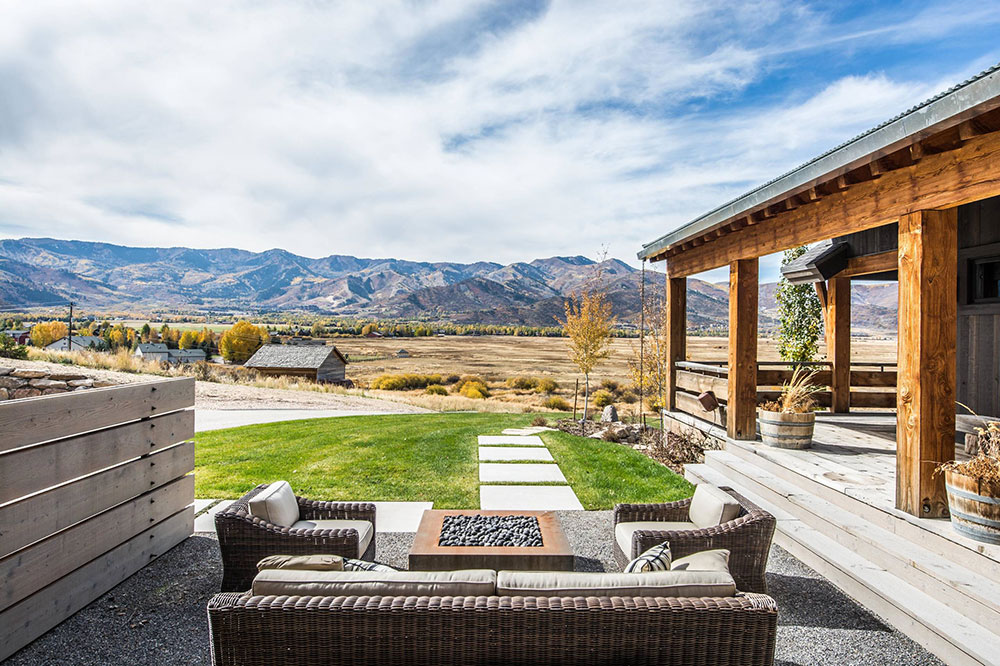 Image source: Evolution Design Build Group
Image source: Evolution Design Build Group
One of the most common culprits for water collection is the wrong type of driveway and road paving. Roofing tiles are also the issue. Although they look nice, they make the water gather in one place and stay that way. You don’t want the water to pool in your yard. And, to reduce that, try to minimize the surfaces as mentioned earlier. They are impermeable, and they never get rid of the water.
You can invest in some paver roads permeable and let water seep into the ground.
Many climate elements cause the landscape to change. To avoid common problems such as flooding, you might want to investigate the areas that are most prone to water pooling. Knowing this, you will keep your home well protected and safe from any external elements. Floods don’t ruin your yard only. They also attract mosquitoes and even make the soil to erode.
When you want to use one of the solutions mentioned above, make sure your state and municipality allow that. It would be best if you did this job legally. Also, invest in soil exploration. For example, if your soil contains some sore clay, you might have to use an augmentation. This has to be applied before the whole water drainage system can be fixed. Hopefully, you can now know how to fix yard flooding in no time.
If you enjoyed reading this article about how to fix yard flooding, you should read these as well:

